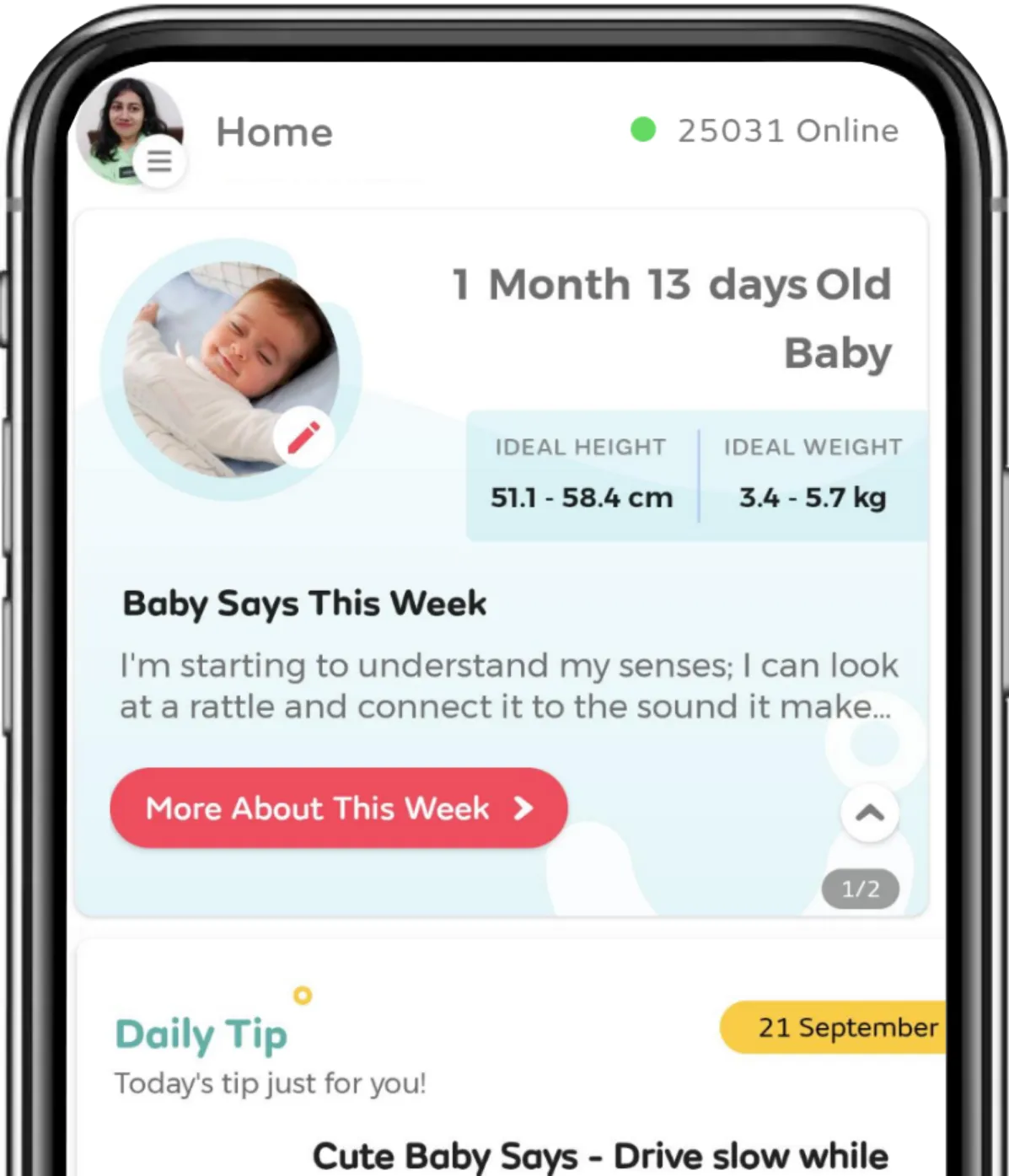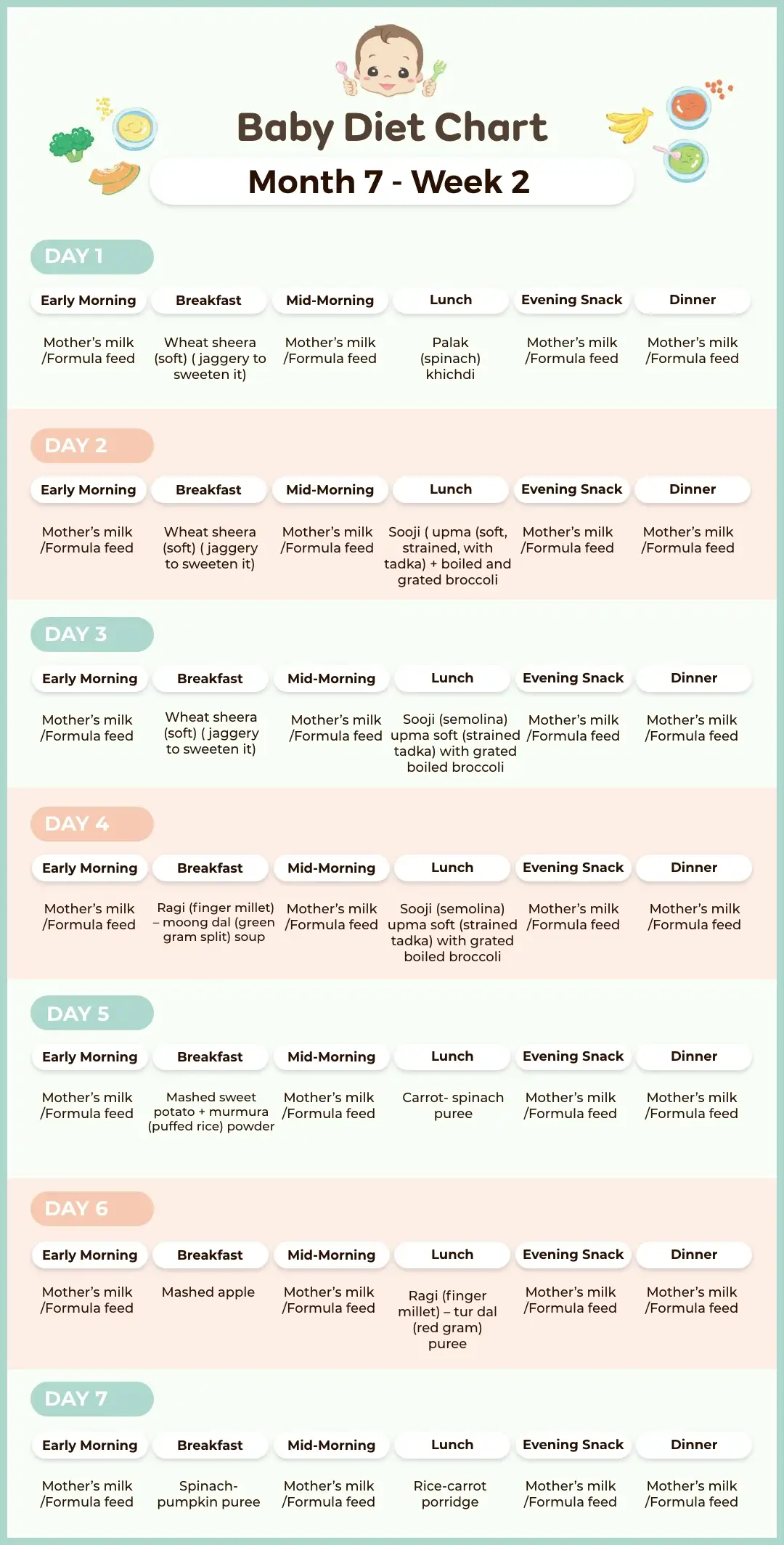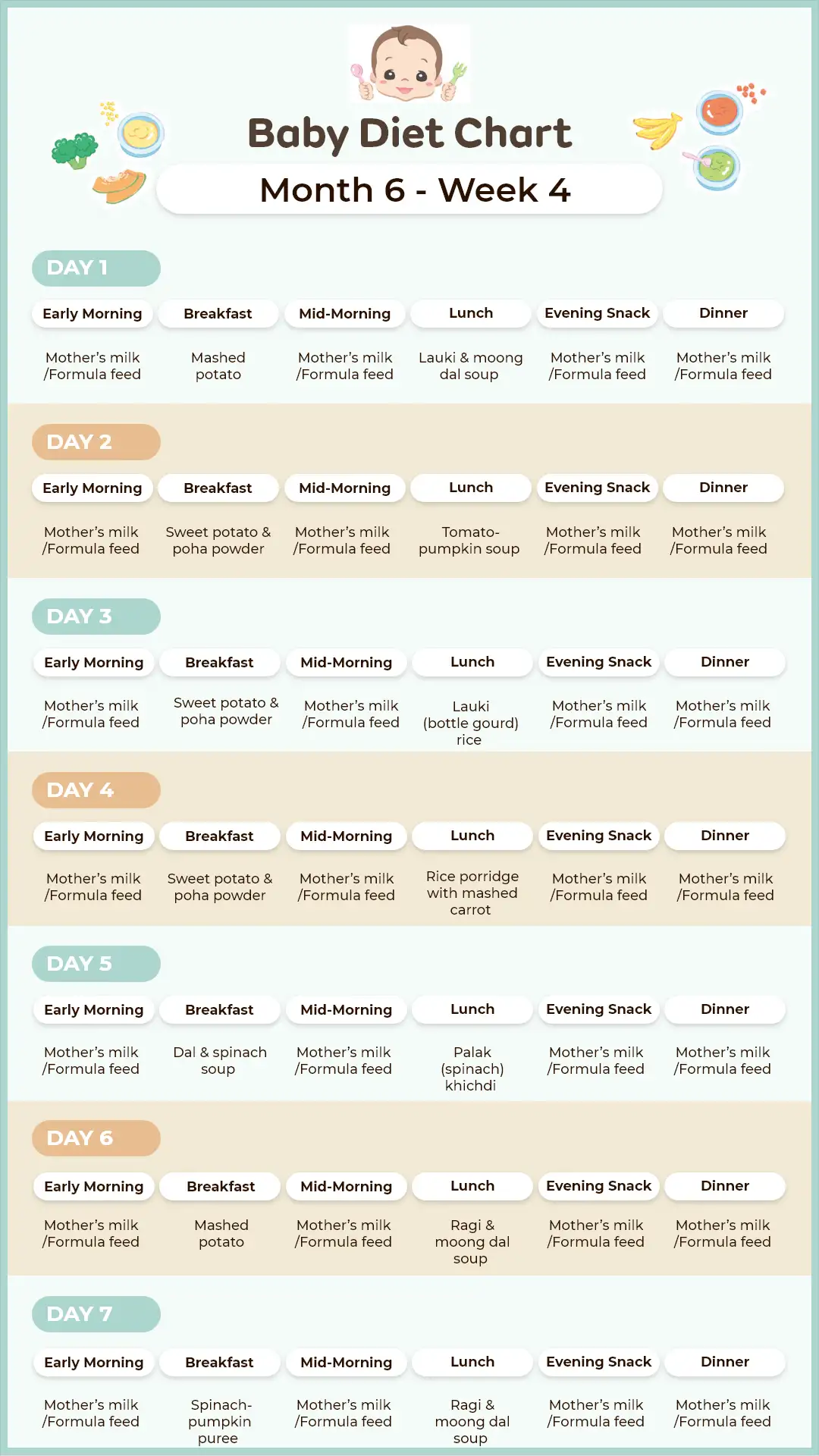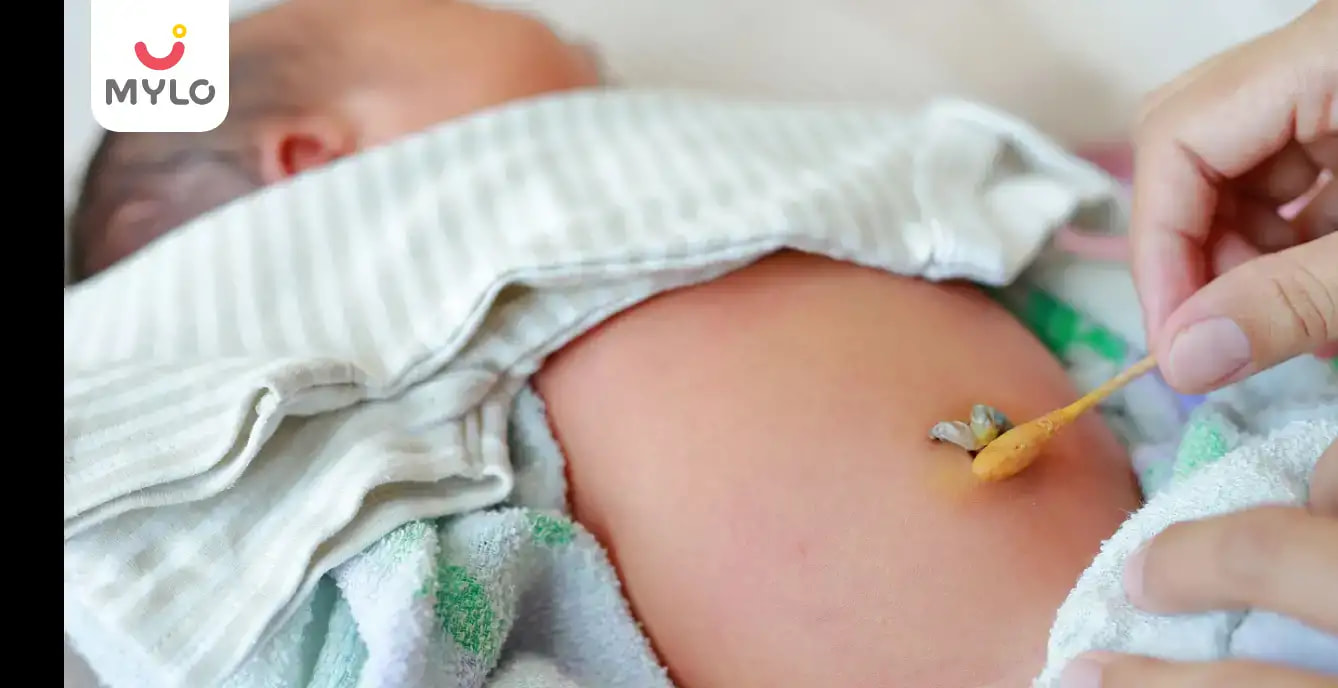Home

Infant Choking: Prevention & Causes
In this Article

Baby Care
Infant Choking: Prevention & Causes
Updated on 14 March 2023
No parent would ever want any harm to befall their child. But it’s essential for parents to be aware and prepared to protect their child against common accidents like infant choking. Every second counts in case a baby is choking and knowing basic infant choking first aid can help parents clear their child’s airway or know what to do until help arrives.
In this article, we will discuss everything you need to know about infant choking, steps to take to save a choking infant, performing CPR and how to prevent choking in infants.
You may also like to read: 10 Useful Baby Care Tips for New Parents
Steps to take if your baby is currently choking
In case of an infant choking emergency, here are the following steps you can take:
1. Verify if your baby is actually choking
Your baby might just be coughing or gagging, which can sound and look scary. But if they’re able to make noise and breathe, they’re likely not choking. Infant choking is when the baby is unable to cough, cry, make any noise or breathe because their airway is obstructed.
2. Call 102 or local emergency services
You can ask your partner or family member to call 102 or any local emergency service while you take care of the baby. Explain to the operator the steps you’re following and provide any updates. You must tell the operator if your baby becomes unconscious at any point.
3. Turn your baby on the stomach
Using your thigh for support, place your baby face down on your forearm. Now, using the heel of your hand deliver five blows to the area between your child’s shoulder blades. The blows should be strong and quick so that they can help to create vibrations and pressure in your baby’s airway to force the stuck object out.
4. Turn your baby on the back
Now, turn your back on their back and place them on your thigh such that their head is lower than their chest. Using your index and middle finger find your baby’s breastbone, which is between and slightly below the nipples. Press this spot sharply up to 5 times to help push air from the lungs into the airway, forcing the object to come out.
5. Repeat
If the object still hasn’t cleared, repeat the back blows followed by the chest thrusts. You must tell the operator if your baby loses consciousness during this process.
What babies are likely to choke on?
Infant choking can be scary to even think about but it can happen. More often than not certain foods can lead to infant choking. As a result, it’s important to only introduce age-appropriate foods such as purees once your baby turns six months old.
Here are some foods to watch out for:
-
Grapes
-
Chunks of raw fruits or vegetables
-
Popcorn
-
Nuts and seeds
-
Marshmallows
-
Hard candies
-
Chunks of meat or cheese
-
Hot dogs
-
Chewing gum
Some other choking hazards can usually be found around the home such as:
-
Toys with small parts
-
Marbles
-
Latex balloons
-
Coins
-
Button batteries
-
Pen caps
-
Dice
-
Other small household items
Newborn babies may even choke on liquids such as breast milk, formula milk, their own spit or mucus as their airways are small and easily obstructed.
True choking hazard signals include:
Since babies can’t communicate that they are choking, it’s essential for parents to recognize the signs of choking:
-
The baby’s lips or skin turns blue
-
The baby is unable to cry or make noise
-
The baby has trouble breathing
-
The baby is panicking or waving their arms
-
The baby loses consciousness
Things you should avoid doing
Your instant reaction upon seeing your choking infant might be to reach into your baby’s mouth to remove the object. However, you must resist this urge unless the object is visible to easy to grab with your fingertips because you may accidentally push the object further into the airway.
Additionally, you should avoid attempting the Heimlich maneuver or abdominal thrusts with the baby. While abdominal thrusts might be helpful in removing objects from a child’s or adult’s airways, they can be damaging to a baby’s underdeveloped organs.
You should also avoid turning your baby upside down while holding them by their feet as it may force the object deeper into their throat or you may accidentally drop your baby.
Performing CPR
In case your baby loses consciousness, you must know how to perform CPR until medical help can arrive. The goal of CPR is to keep the blood and oxygen circulating in your baby’s body and most importantly their brain.
A set of CPR includes 30 chest compressions and 2 rescue breaths. You can perform CPR in the following manner:
-
Place your baby on a flat and firm surface like the floor.
-
Look for the object in your baby’s mouth and only remove it if it’s visible and easy to grab.
-
Place two fingers on your baby’s breastbone (the same area where you applied pressure during chest thrusts). Apply pressure to compress their chest about 1-1.5 inches at a rhythm of 100-120 compressions each minute. Complete a total of 30 compressions.
-
Tilt your baby’s head backwards and lift their chin to open their airway. Give two rescue breaths by forming a seal around your baby’s mouth and nose.
-
Blow in each breath for a full 1 second.
-
Repeat these steps until help arrives.
What causes choking in babies?
The most common cause of choking in infants is when the baby has breathed in a small object such as a coin, button, toy part or food by placing it in their mouth. Infant choking can result either from a complete or a partial blockage of the airway.
A complete airway blockage is a medical emergency. And a partial airway blockage can also be life-threatening if the baby doesn’t receive immediate help.
Preventions you should take to avoid choking
As your baby gets older and starts to eat solid foods and move around the house, their risk for infant choking increases. It’s important for parents to keep a watch on their child and take some necessary prevention steps to avoid choking in infants.
1. Providing age-appropriate foods
As you introduce solids to your baby, it’s important to give them foods that are suitable for their age. You should start with purees, then gradually move to mashed foods and later to finger foods. Make sure to offer your baby foods that can easily be mashed and dissolved in your baby’s mouth.
2. Reading label on toys
Before buying any toys for your little one, make sure to read the labels and only buy toys that are age-appropriate. Also, keep away the toys of an older sibling from your baby and place toys in a designated area only.
3. Creating a safe space
Try to babyproof your house to reduce the risk of choking or any other accidents. Keep objects that may pose a choking hazard for your baby like batteries, buttons or coins out of your baby’s reach.
4. Consulting your doctor
It’s better to check in with your pediatrician before offering your baby foods like grapes and peanut butter. They can guide you on which foods to introduce and which to avoid.
When it comes to infant choking, precaution is better than cure. Try to keep all choking hazards out of your baby’s way and always pay close attention to anything you see in your baby’s mouth.



Written by
Mylo Editor
Official account of Mylo Editor
Read MoreGet baby's diet chart, and growth tips

Related Articles
Related Questions
Hello frnds..still no pain...doctor said head fix nhi hua hai..bt vagina me pain hai aur back pain bhi... anyone having same issues??

Kon kon c chije aisi hai jo pregnancy mei gas acidity jalan karti hain... Koi btayega plz bcz mujhe aksar khane ke baad hi samagh aata hai ki is chij se gas acidity jalan ho gyi hai. Please share your knowledge

I am 13 week pregnancy. Anyone having Storione-xt tablet. It better to have morning or night ???

Hlo to be moms....i hv a query...in my 9.5 wk i feel body joint pain like in ankle, knee, wrist, shoulder, toes....pain intensity is high...i cnt sleep....what should i do pls help....cn i cosult my doc.

Influenza and boostrix injection kisiko laga hai kya 8 month pregnancy me and q lagta hai ye plz reply me

Related Topics
RECENTLY PUBLISHED ARTICLES
our most recent articles

Diet & Nutrition
Indian Food Chart for Your 7-Month-Old Baby – Week 2

Diet & Nutrition
6-Month-Old Baby Food Chart/Meal Plan - Week 4
Gas & Bloating
Ways in Which You Can Avoid Gassiness During the Pregnancy Period.
Heartburn
Extinguishing pregnancy heartburn in the most effective way!
Heartburn
Heartburn during pregnancy is common... but the night-time heartburn is a pain. Here's how to control it

Diet & Nutrition
Potatoes During Pregnancy: Benefits & Risks
- What is the common cause of food aversions during the pregnancy period and ways to manage it?
- Till what age do babies typically start talking?
- Are you Concerned about rectal bleeding in your pregnancy? Here're some relief tips for you!
- Diagnosis and Treatment of Vaginal infections during pregnancy to prevent any complications
- 8 Ways to Empower Women with Digitalisation this International Women's Day
- Navigating Hypothyroidism and Pregnancy: Tips for Expecting Moms
- Top 10 Post-Holi Detox Tips to Cleanse Your Body
- Holi-Proof Your Skin and Hair with These 10 Natural Tips
- Placenta Abruption: Causes, Symptoms and Treatment
- 8 Holi Dishes That Will Add Flavour to Your Holi Party
- Your Guide to Vitamin C: Benefits, Daily Requirements & Sources
- Foods to Eat & Avoid During the 8th Month of Pregnancy
- Safely Trimming Your Baby's Nails: A Step-by-Step Guide
- Leg Cramps During Pregnancy: Causes, Treatment And Home Remedies


AWARDS AND RECOGNITION

Mylo wins Forbes D2C Disruptor award

Mylo wins The Economic Times Promising Brands 2022
AS SEEN IN
















- Mylo Care: Effective and science-backed personal care and wellness solutions for a joyful you.
- Mylo Baby: Science-backed, gentle and effective personal care & hygiene range for your little one.
- Mylo Community: Trusted and empathetic community of 10mn+ parents and experts.
Product Categories
baby carrier | baby soap | baby wipes | stretch marks cream | baby cream | baby shampoo | baby massage oil | baby hair oil | stretch marks oil | baby body wash | baby powder | baby lotion | diaper rash cream | newborn diapers | teether | baby kajal | baby diapers | cloth diapers |








